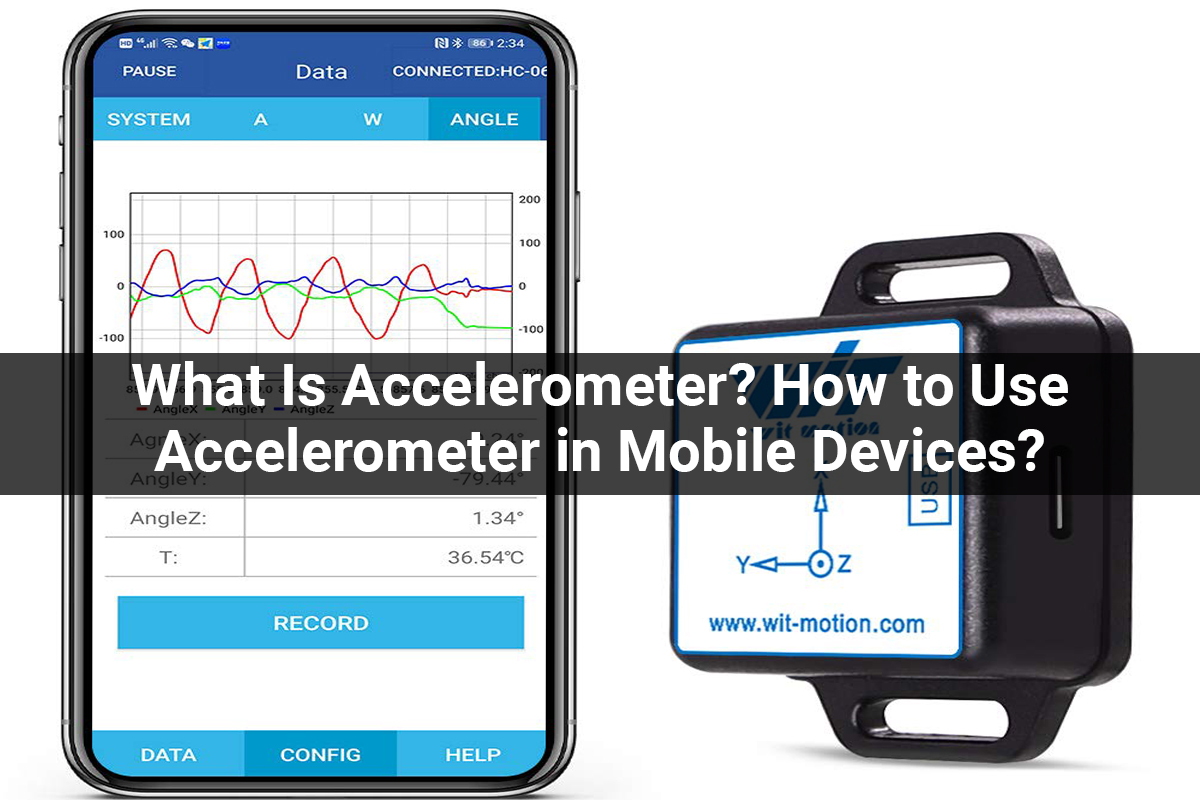How an Accelerometer in a Smartphone Works to Track Your Movement Circuit Diagram Everyday Applications of Accelerometer Sensors Use in Mobile Devices. This processed data is then often used to measure, in various applications, from simple tilt detection to complex motion tracking. Understanding sensor output also involves knowing how to interpret changes in acceleration, which can indicate different types of direction

To achieve this level of precision, one commonly used sensor is the accelerometer. In this comprehensive guide, we will delve into how accelerometers work and provide a step-by-step approach to measuring position using these versatile devices across various applications. Understanding Accelerometers: 1. What is an accelerometer?

Exploring Accelerometer Sensors: Principles, Types, and Applications Circuit Diagram
An accelerometer is a transducer that measures vibration by detecting the acceleration of motion in a structure.It converts the vibration into a proportional electrical signal, following Newton's Second Law of Motion, which states that acceleration (m/s²) is directly proportional to the net force (Newton) acting on a body and inversely proportional to its mass (kilograms).

An accelerometer is a device that measures acceleration, which is the rate of change in the velocity of an object. Accelerometers are commonly used in a variety of applications, including inertial navigation systems, automobile airbag deployment, vibration monitoring and analysis, motion-activated games and devices, and pedometers. They are essential tools for detecting and measuring motion

Accelerometer: Definition, Types, Applications, Usage Circuit Diagram
combines a three axis ADXL335 accelerometer with a two axis IDG500 gyroscope. For now we'll just use the accelerometer. A three axis accelerometer detects linear accelerations in three perpendicular directions. If it helps, picture a ball inside a box with pressure sensitive walls. As you shake the box around, the ball presses An accelerometer is a sensor that measures acceleration forces, such as gravity and motion, by detecting changes in capacitance or utilizing the piezoelectric effect. Accelerometers provide real-time data on motion, orientation, and vibration, enabling applications such as motion detection, vehicle stability control, and structural health
